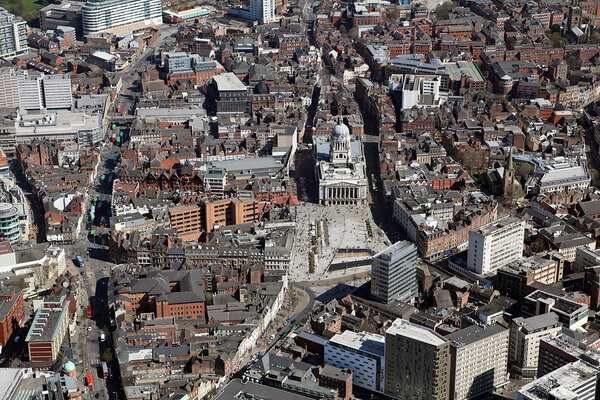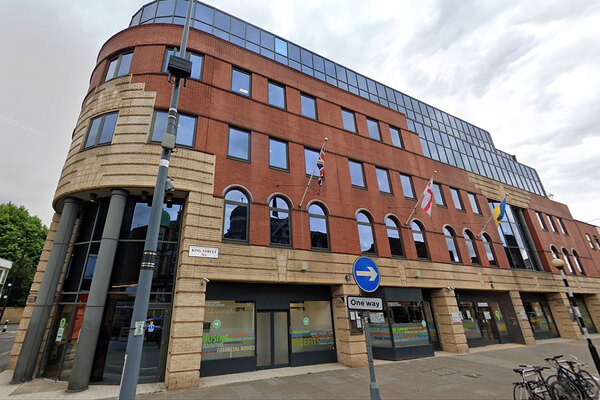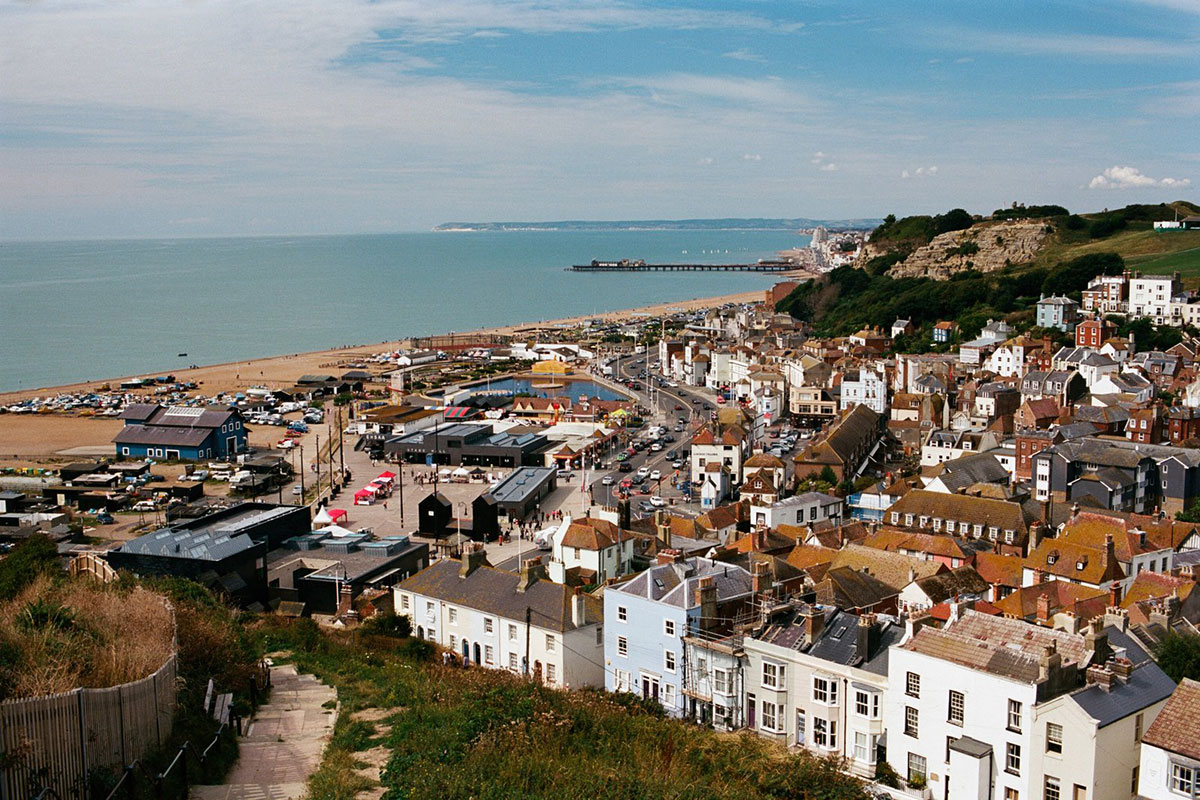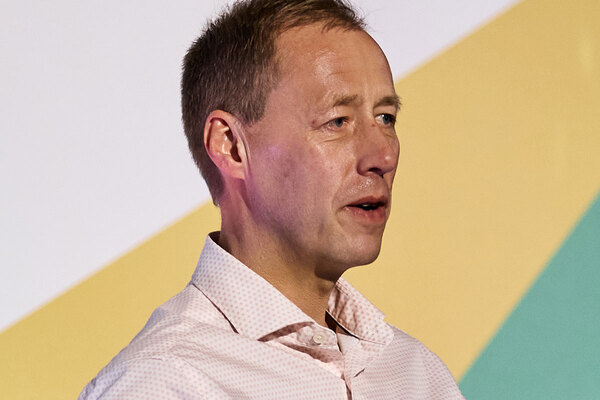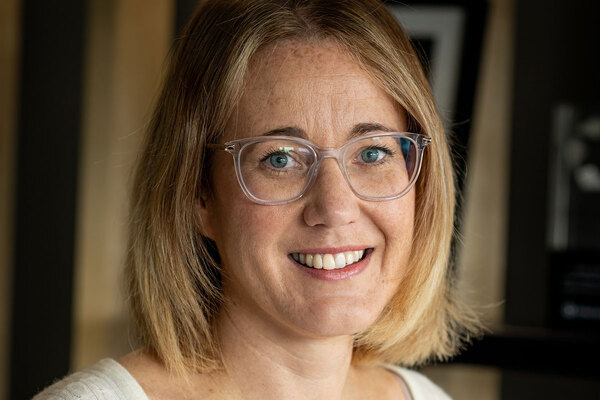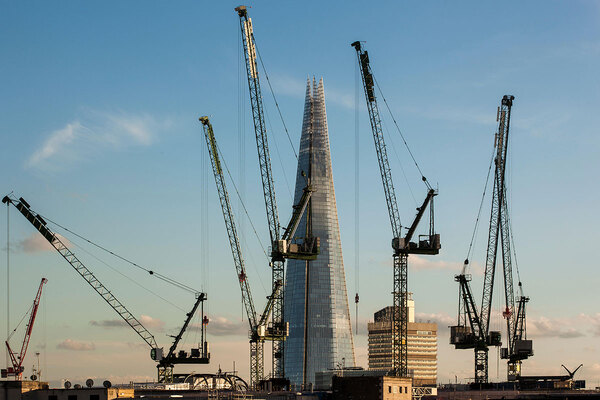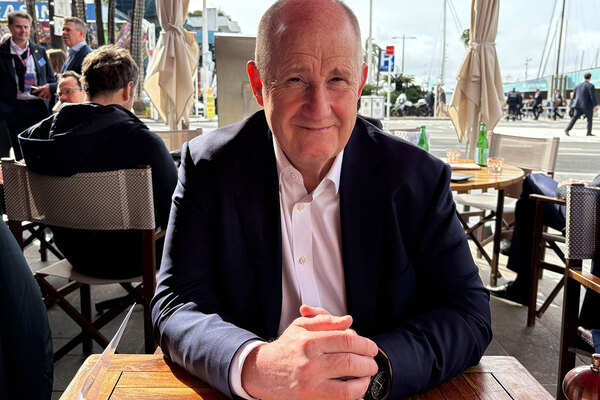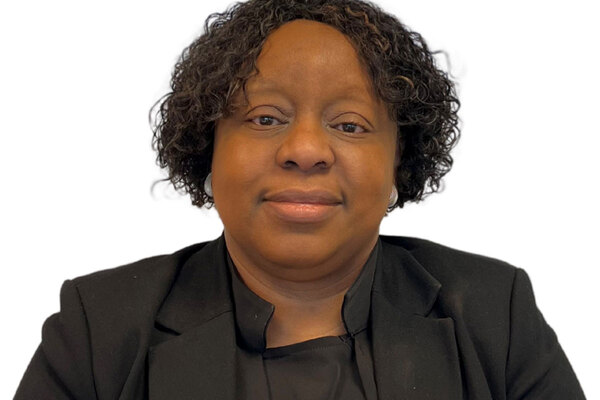Concern 27% annual rise in rough sleeping is not the ‘peak of the crisis’
Sector figures have voiced concerns after new official figures revealed a sharp rise in the number of people sleeping rough in England, which one landlord warned is not the “peak of the crisis”.

An annual official snapshot figure, published today (Thursday 29 February), showed that the number of rough sleepers on a single night in autumn last year rose 27% year on year to 3,898.
The figure has more than doubled – up 120% – since the figure in 2010, when the snapshot approach was adopted.
It throws into doubt a 2019 manifesto by the Conservative Party to end “the blight of rough sleeping by the end of the next parliament”.
In the government’s latest figures, it showed that every region in England saw a year-on-year rise, but nearly half of the overall total was in London and the South East.
However, the latest figure is down by 18% from a peak of 4,751 in 2017.
The largest increase was in the capital, which saw a 32% year-on-year increase in people sleeping rough to 1,132.
Separate quarterly figures, also published on Thursday, covering July to September 2023 revealed that 78,460 households were homeless or at risk of it, which is a 5.5% year-on-year increase.
Emma Haddad, chief executive of homelessness charity St Mungo’s, said: “The government’s own ambition to end rough sleeping by 2024 has moved further out of reach with these latest statistics and yet more record highs.
“We should all be deeply worried. We desperately need a new political approach that takes a strategic view across the whole housing system and beyond, preventing people from rough sleeping in the first place.”
Polly Neate, chief executive of housing charity Shelter, added: “Today’s figures are further proof that the government cannot continue to turn a blind eye to the housing emergency.
“Far from ending rough sleeping, through its own ineffectiveness, the government has allowed it to more than double on their watch, while the number of children homeless in temporary accommodation hits yet another shameful high.”
It comes as councils have sounded the alarm about the amount they are spending on dealing with homelessness as many struggle to balance their books.
In London alone, local authorities were spending around £90m a month on temporary accommodation, according to figures from London Councils.
John Glenton, executive director of care and support at giant housing association Riverside, said: “Our deep concern is that we have not reached the peak of this crisis, and councils and providers are reporting unprecedented demand on their services this year, too.”
He called on the government to provide “ringfenced funding for homelessness services to prevent cash-strapped councils from ending funding for homelessness services at a time when they are needed the most”.
Morgan Vine, head of policy and influencing at Independent Age, a charity that supports older people, said: “With rents going up and Section 21 no-fault eviction notices remaining common practice in England, there are too many reasons why older people can find themselves without a place to call home.
“If the government is serious about preventing homelessness in later life, which has risen by over 50% in the last four years, it is vital that we have a full and immediate ban on no-fault evictions. Anything less leaves all renters, particularly those living in poverty in later life, at risk.”
A Department for Levelling Up, Housing and Communities (DLUHC) spokesperson said: “We want everyone to have a safe place to call home, which is why we’re giving councils £1.2bn so that they can give financial support to those who need it, helping them to find a new home and move out of temporary accommodation.
“Temporary accommodation is a vital safety net to make sure families are not left without a roof over their heads, but councils must make sure it is suitable for families.”
“At the same time, we have boosted the local authority housing allowance, making the 1.6 million private renters in receipt of housing benefit or universal credit nearly £800 a year better off.”
On Wednesday, DLUHC announced it is giving nearly £220m to councils to help deliver more than 800 homes for rough sleepers and help families facing homelessness.
The department said it will have invested £2.4bn between 2022 and 2025 to tackle homelessness and rough sleeping.
Earlier this year, the National Housing Federation (NHF) set out how the government can end the housing crisis with a long-term plan and increased grant funding.
According the NHF’s report, Let’s fix the housing crisis: delivering a long-term plan for housing, the plan could end child homelessness, halve overcrowding and house another one million people in social homes by 2035.
Sign up for our homelessness bulletin
Already have an account? Click here to manage your newsletters
